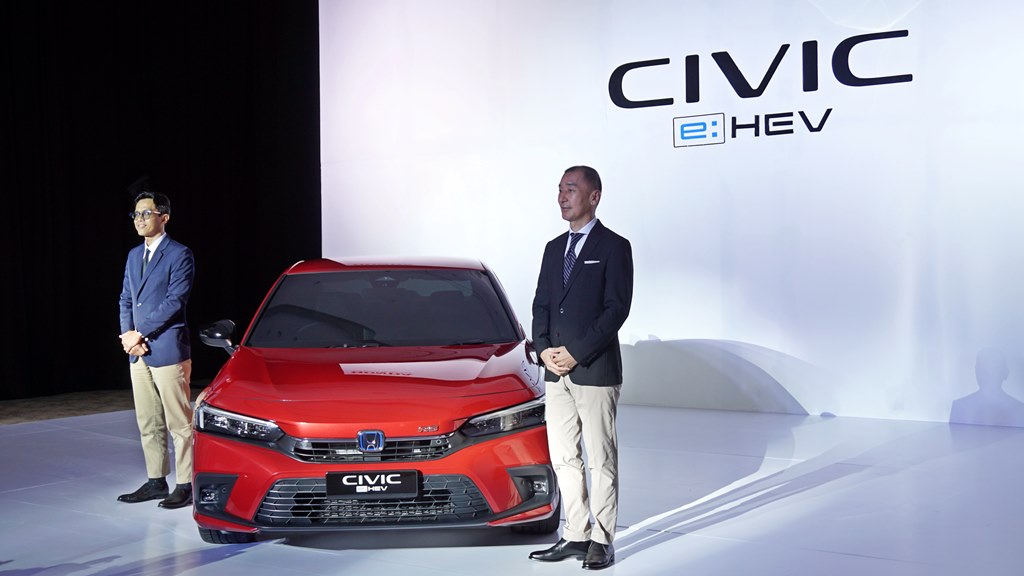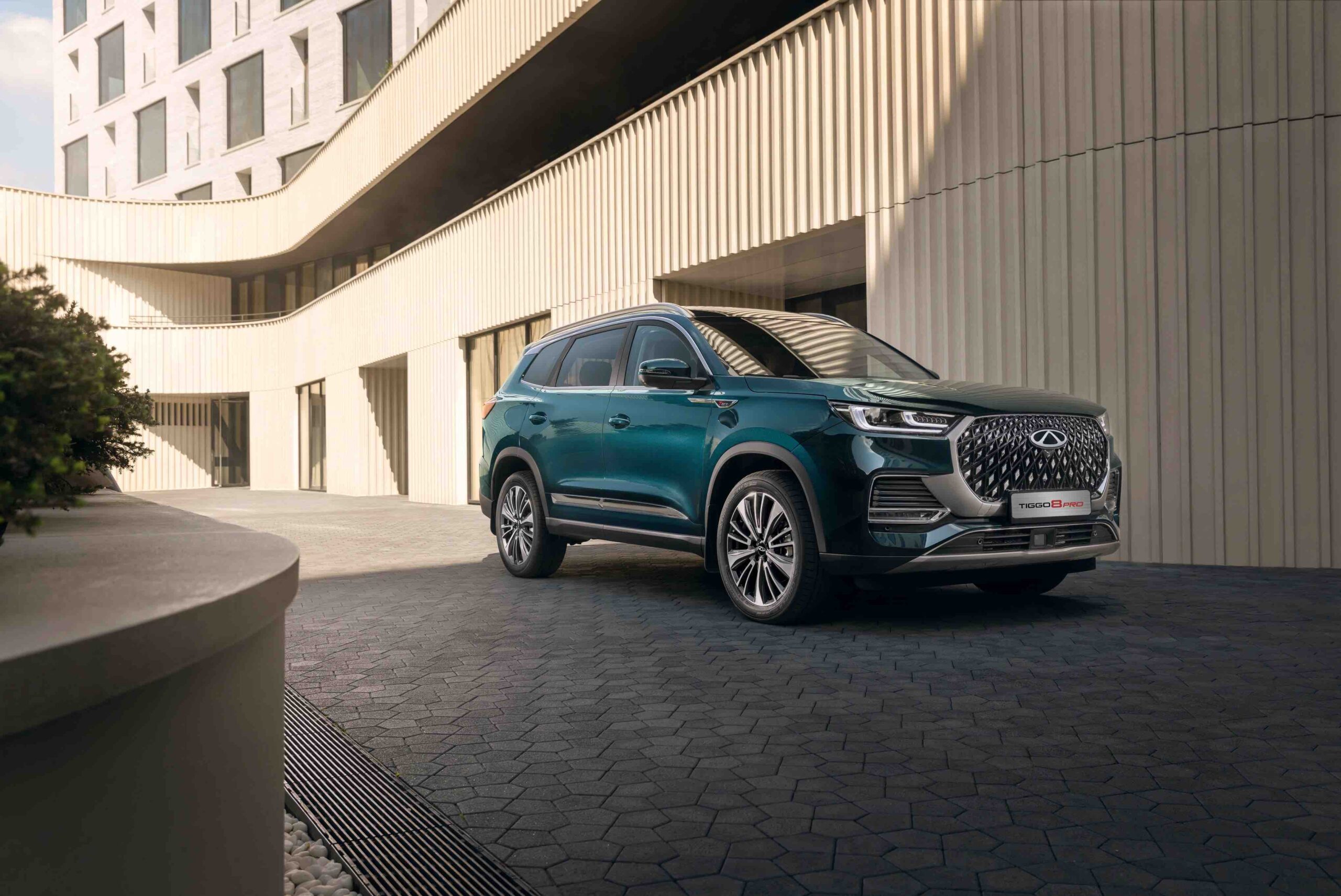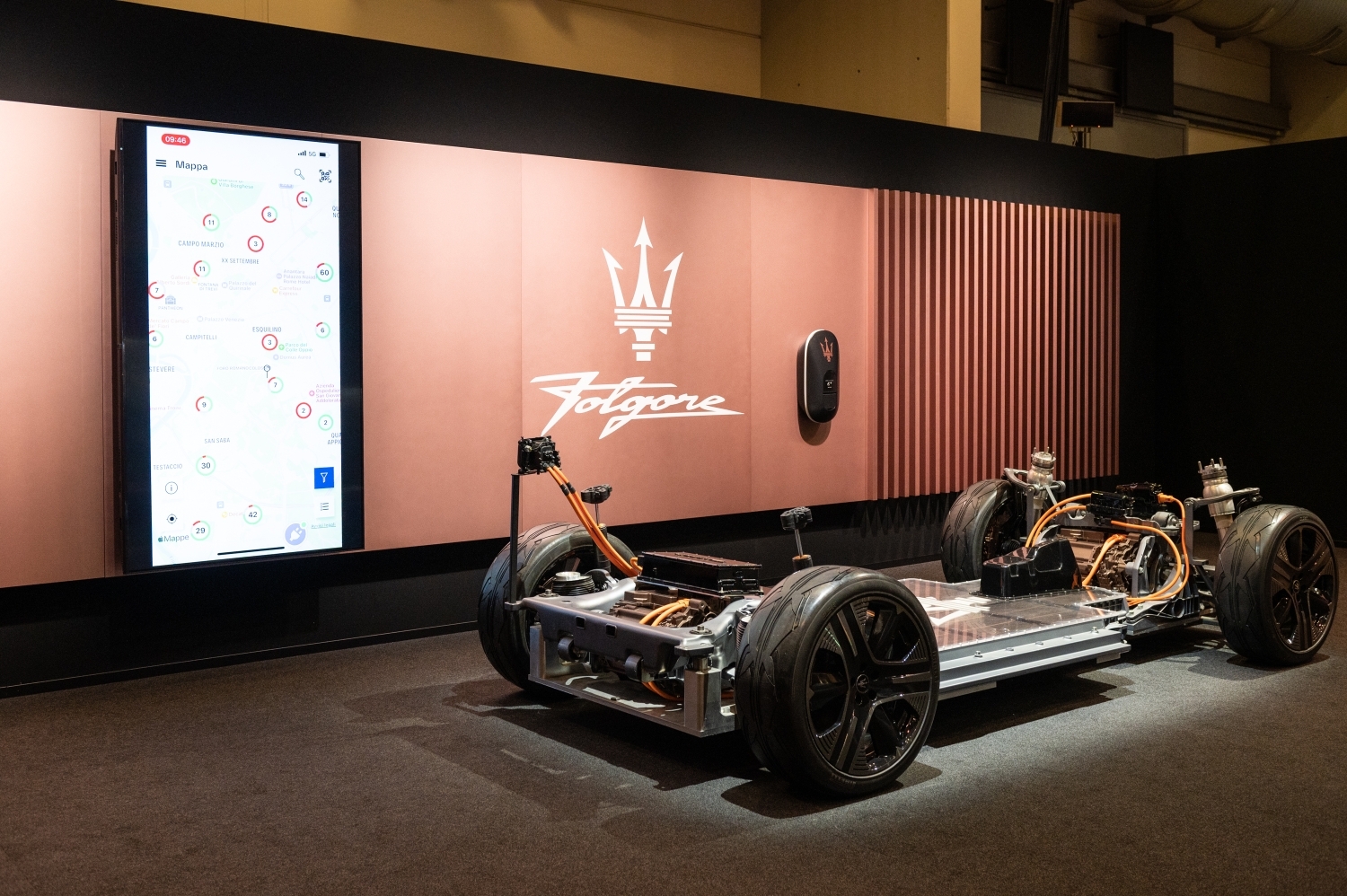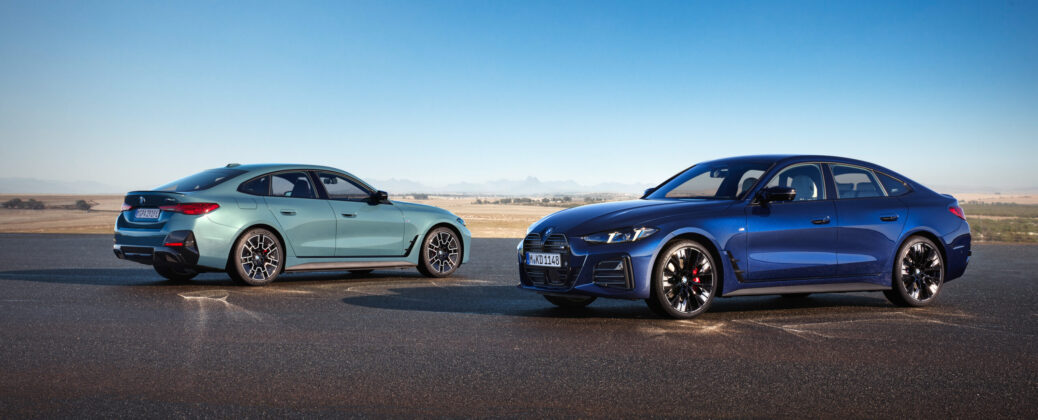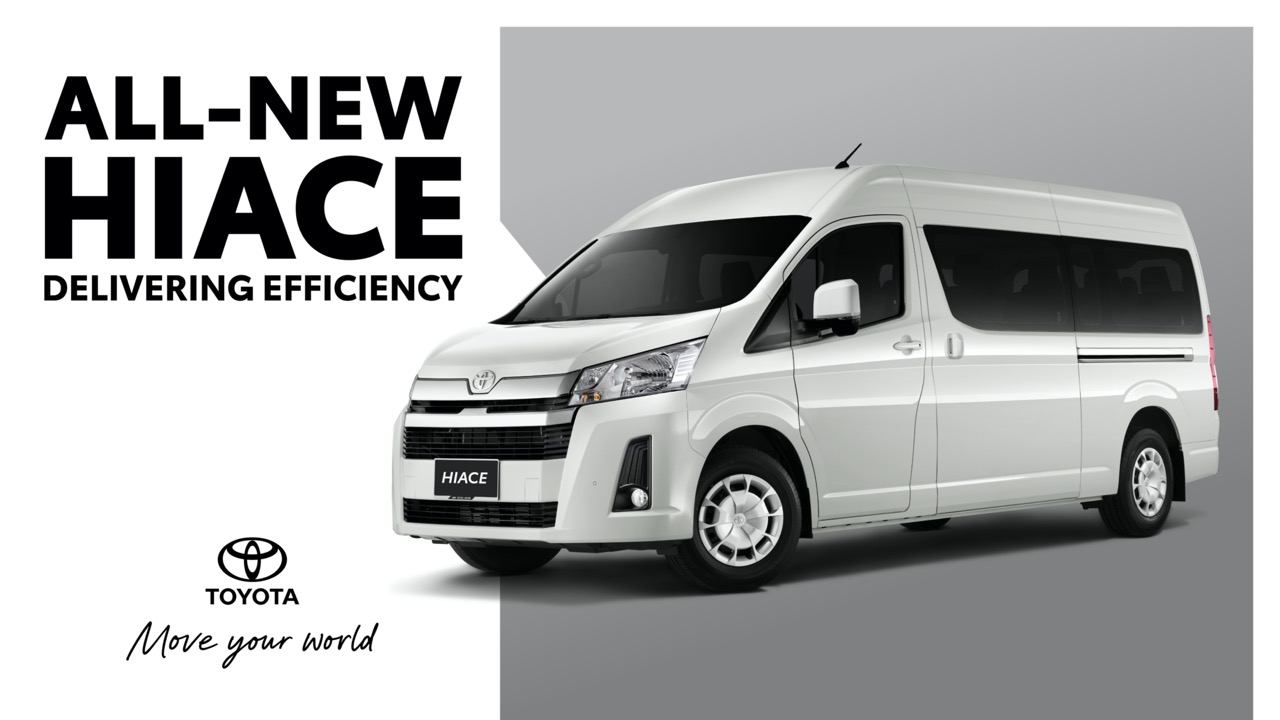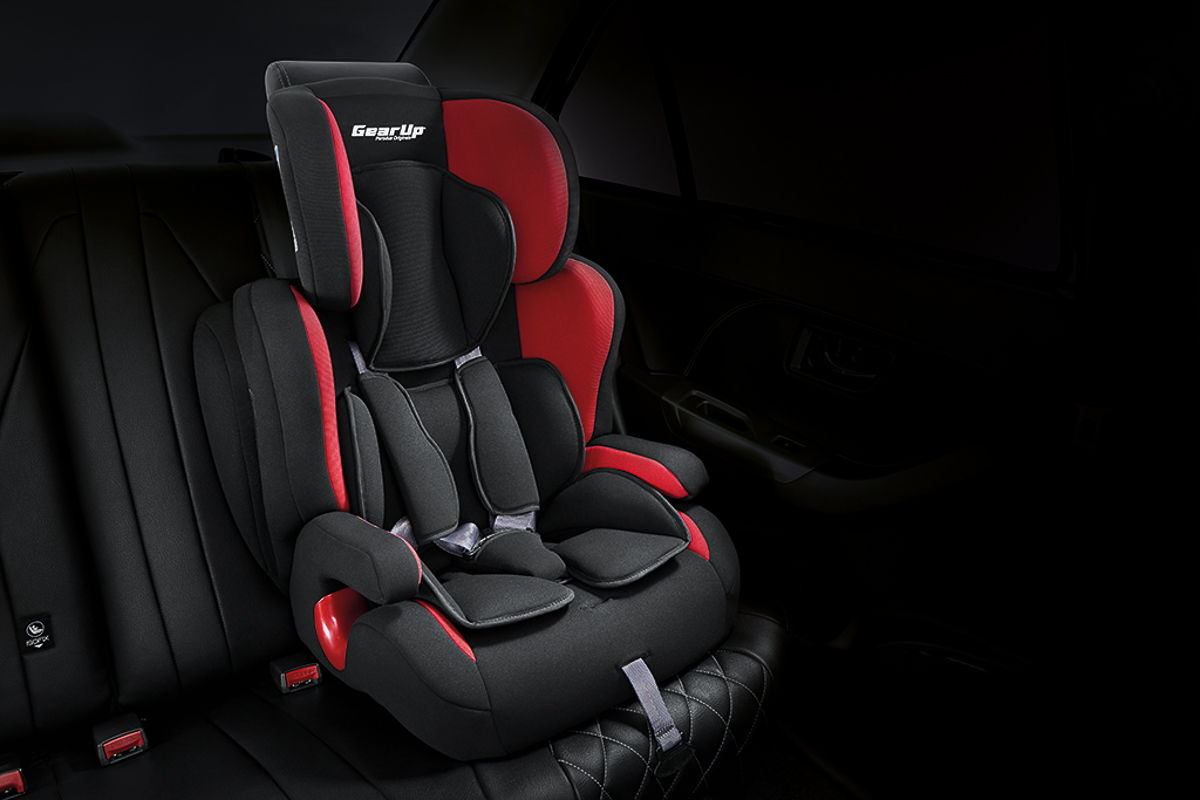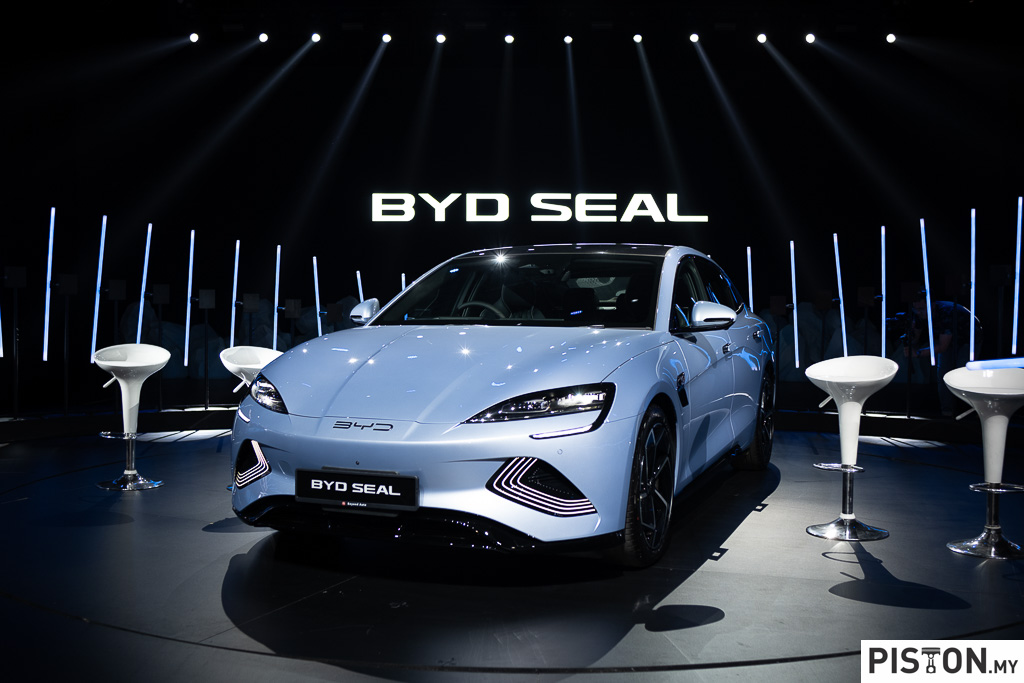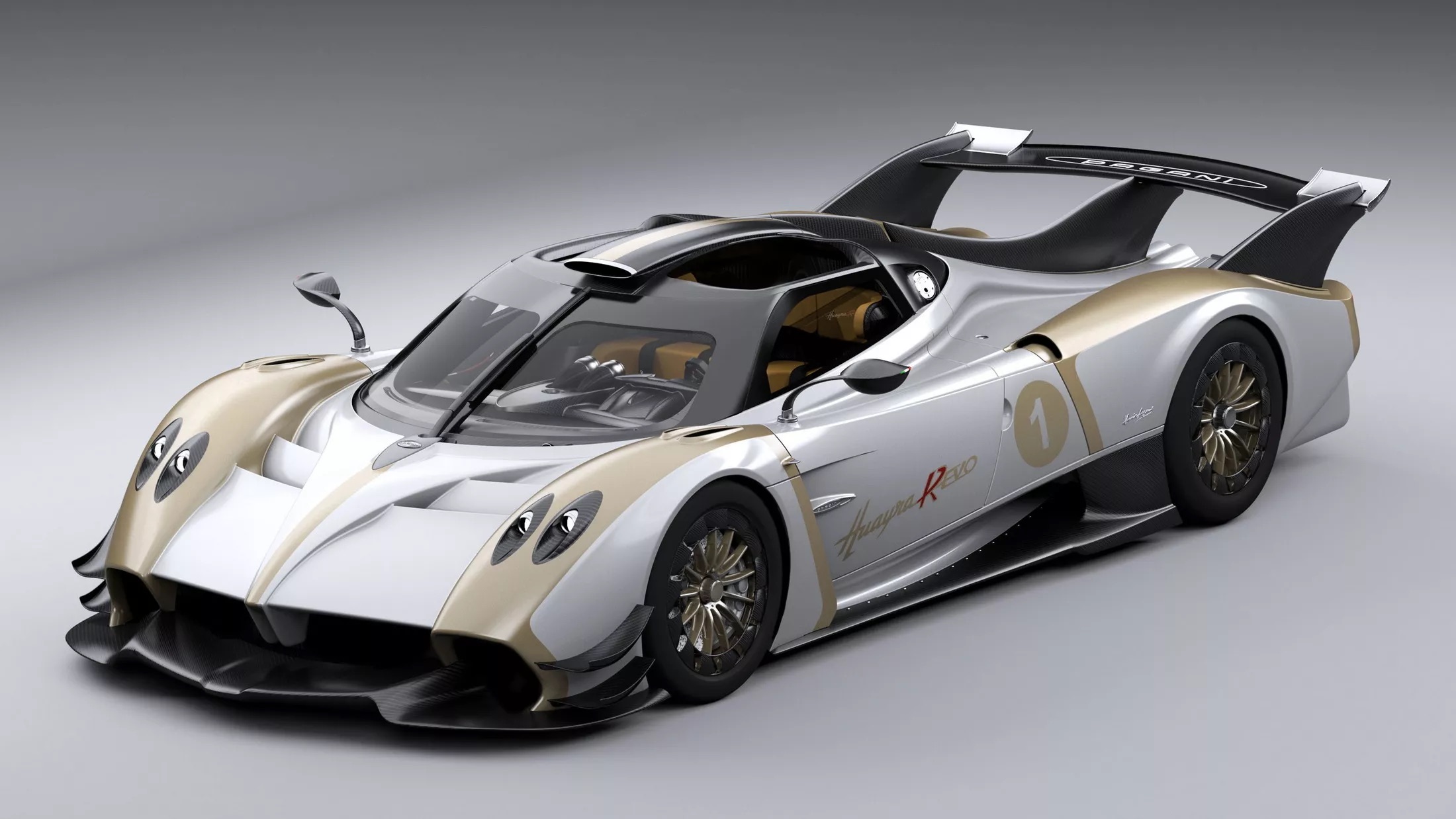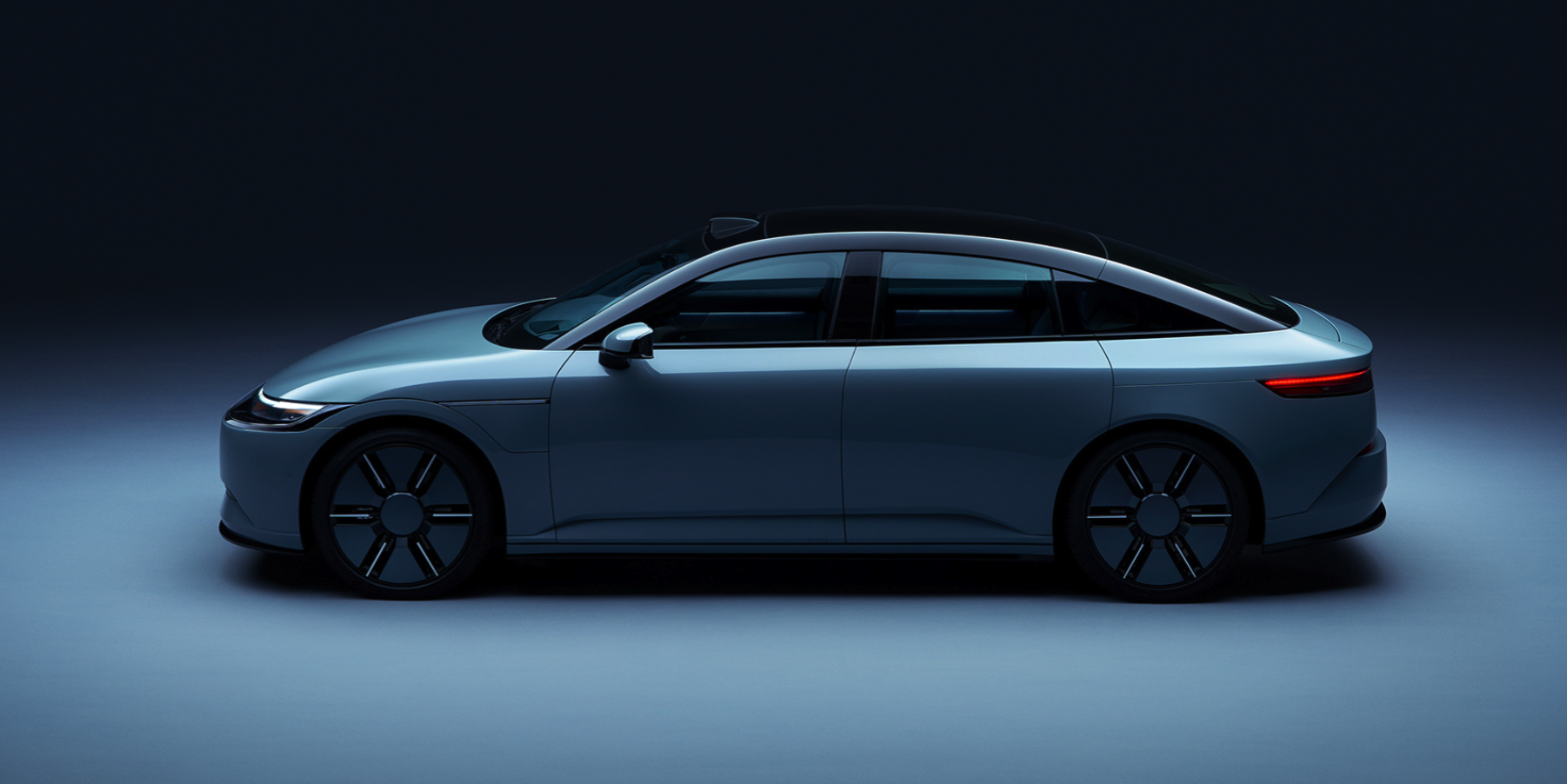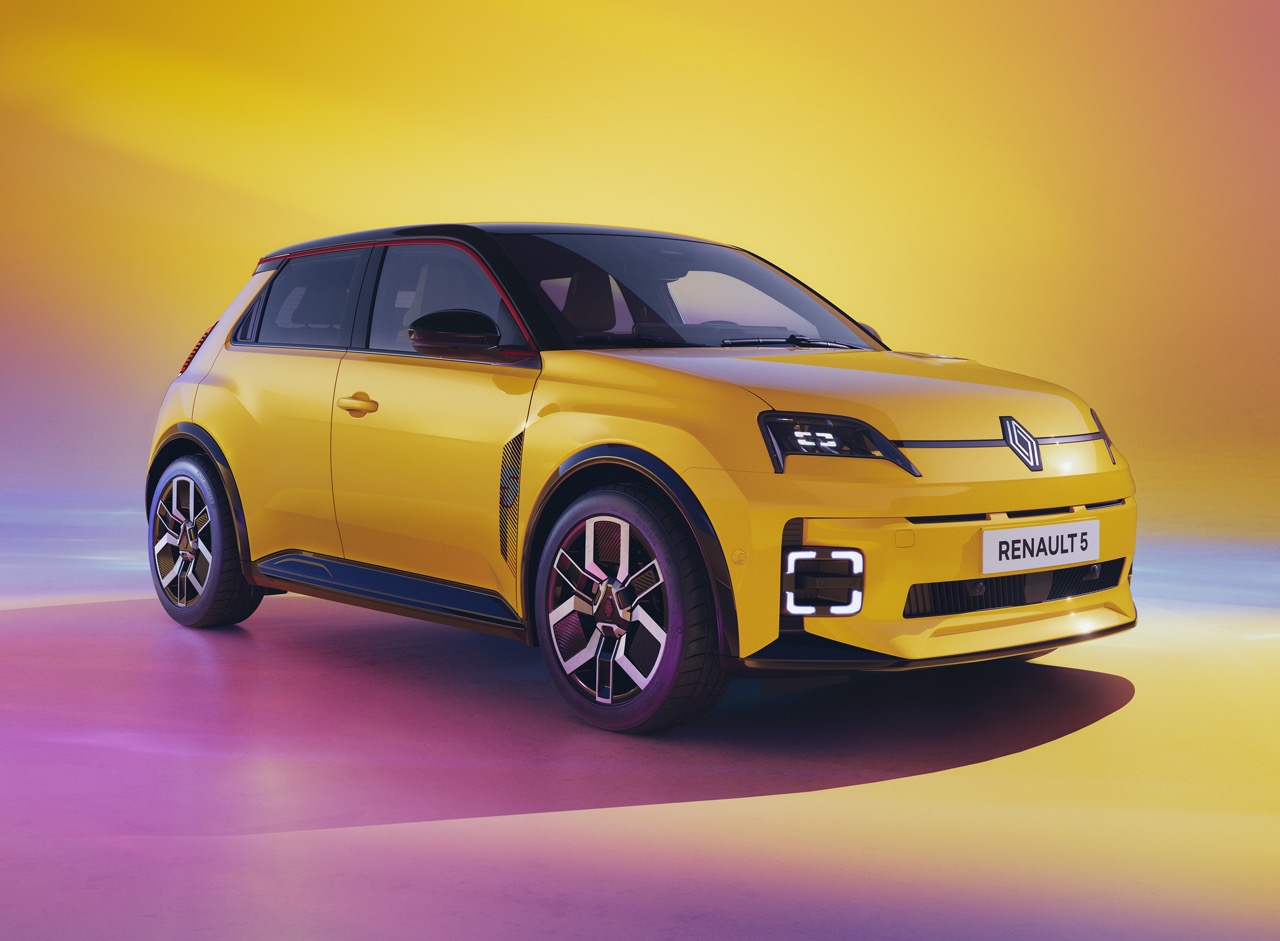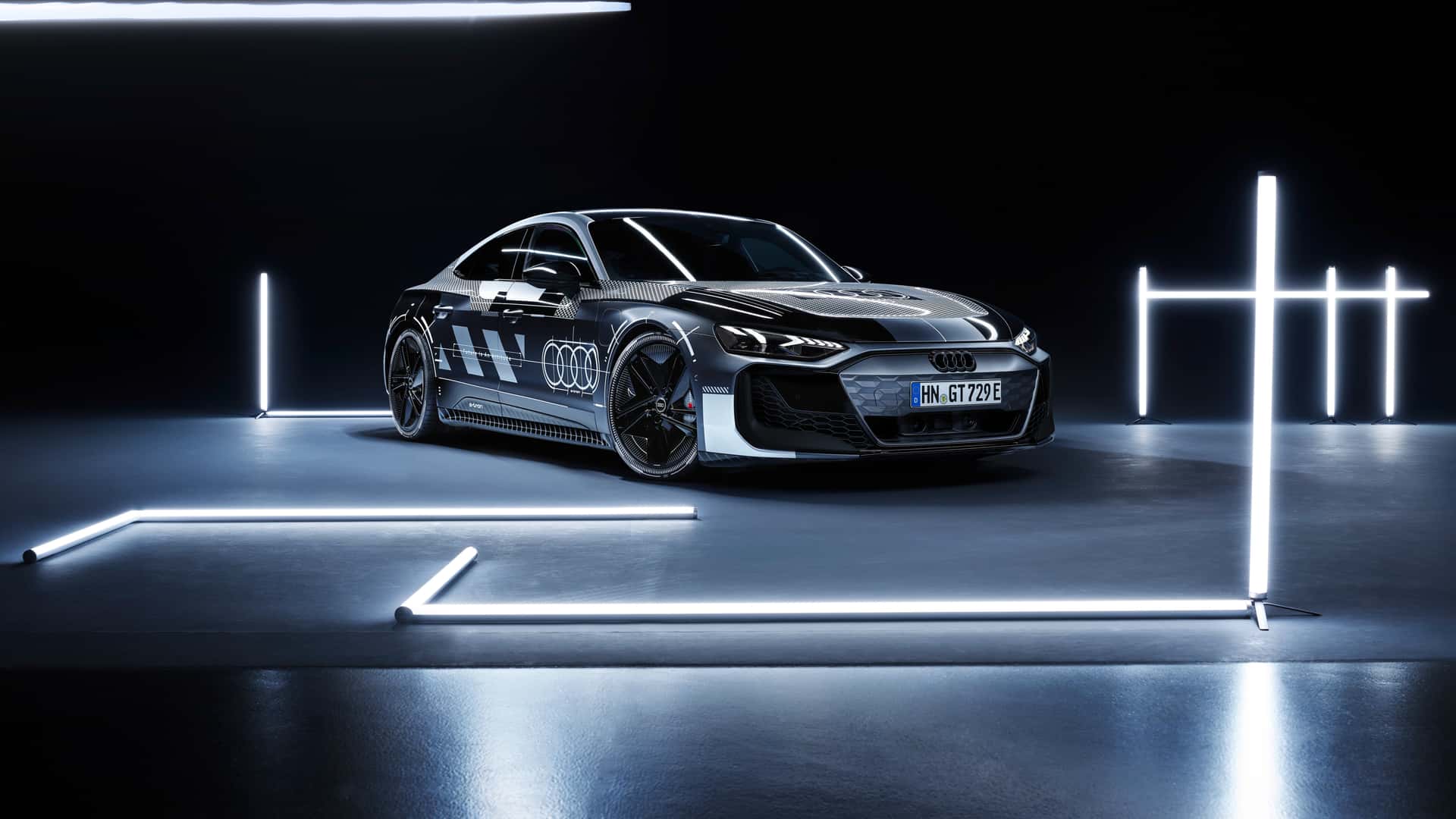It’s been a busy year for Honda Malaysia, having started with the launch of the new Honda Civic and then the HR-V, two popular models that presently have long waiting lists. And to end the year, the company has launched an additional variant for the Civic in the form of the Civic e:HEV Hybrid today.
This is no surprise, of course, as it was already announced a month ago and Honda Malaysia even allowed us to get the first drive impressions at the Sepang circuit. We were able to show you what the car looks like and the only things that were not known then were the interior (under embargo) and of greater interest to the public, the price.
So first off, here’s the price: RM166,500 (without insurance) for the single RS version and this is around RM15,800 more than the Civic RS with just a 1.5-litre turbocharged engine. So, by virtue of its price, the Civic e:HEV would be the flagship of the range which includes the 1.5V and 1.5E versions. Malaysia is one of only three countries in the world to have the e:HEV version of the Civic Sedan, the others being Thailand and China.
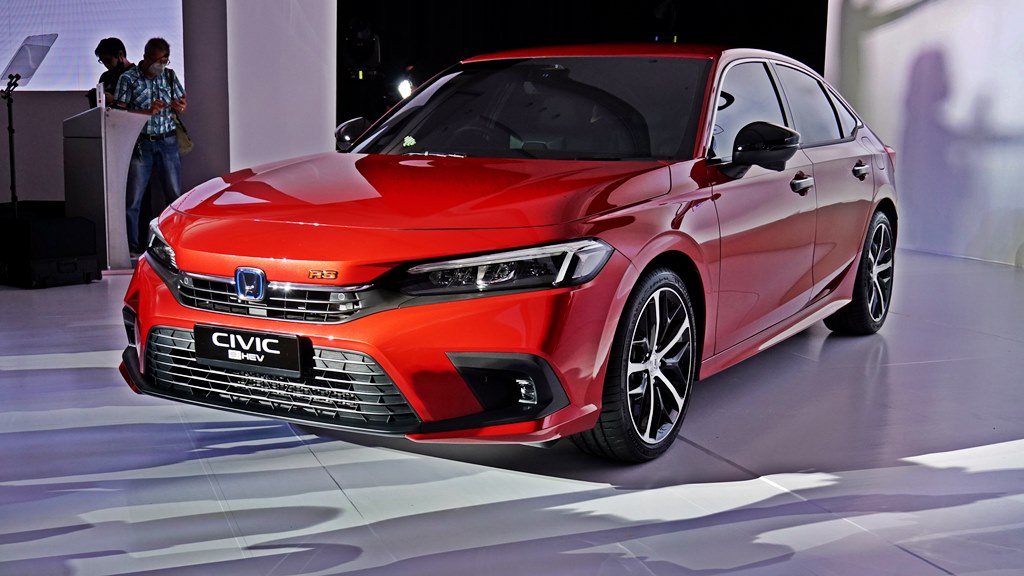
Bigger engine for hybrid system
The Civic e:HEV also comes with a bigger engine size of 2-litres, similar to that in the new 11th generation Accord that made its debut recently. Honda’s hybrid technology has come a long way since the IMA (Integrated Motor Assist) system of the late 1990s, one of the earliest mass-produced hybrid systems in the world.
Related: e:HEV – How Honda’s Hybrid Technology Has Evolved In Over 20 Years
While the early approach was to have a small petrol engine working with an electric motor to reduce fuel consumption as well as lessen exhaust emissions, new technologies like direct fuel injection have made it possible to increase engine size for better performance while also achieving better fuel economy and environmental performance.
Honda engineers have therefore installed a 2-litre petrol engine to the e:HEV system which also has and two compact, powerful electric motors. Together with a power-dense (72 cells) lithium-ion battery pack that has a capacity of 1.05 kWh, the system output from the e:HEV system is 135 Kw (equivalent to 184 ps) and 315 Nm.
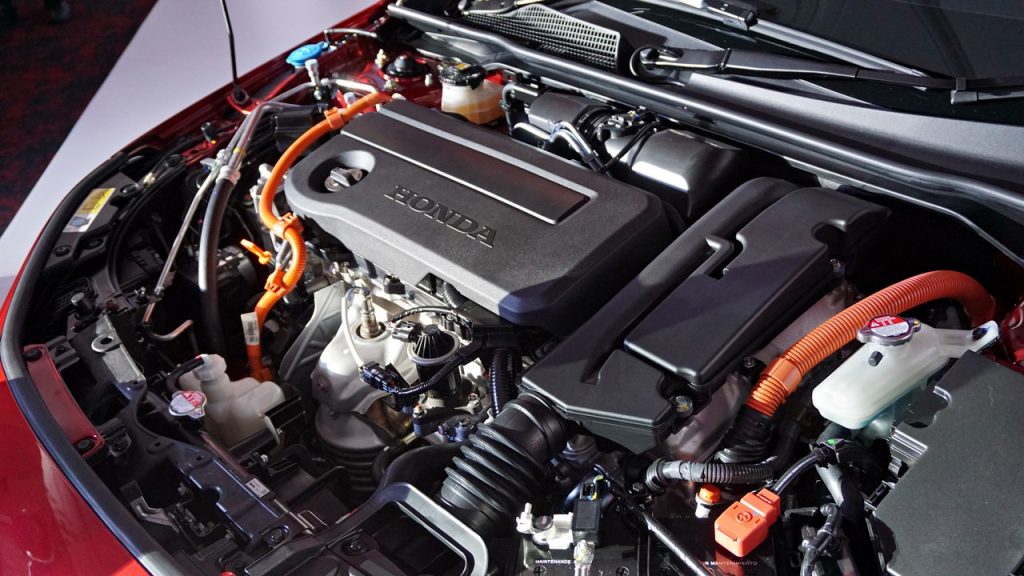
The engine, which has industry-leading thermal efficiency of 41%, direct contributes 105 kW (143 ps)/189 Nm which is used for stronger acceleration or sustained higher speeds as well as for powering the second electric motor to recharge the battery pack.
The e:HEV system prioritizes use of the electric motor, especially when starting off, except when the battery level may be low. Intelligent and sophisticated programming allows the system to switch between pure electric and engine drive modes, as well as a combination of both. Unless you watch the power flow meter, it’s hard to say which mode is in operation as the transitions are seamless.
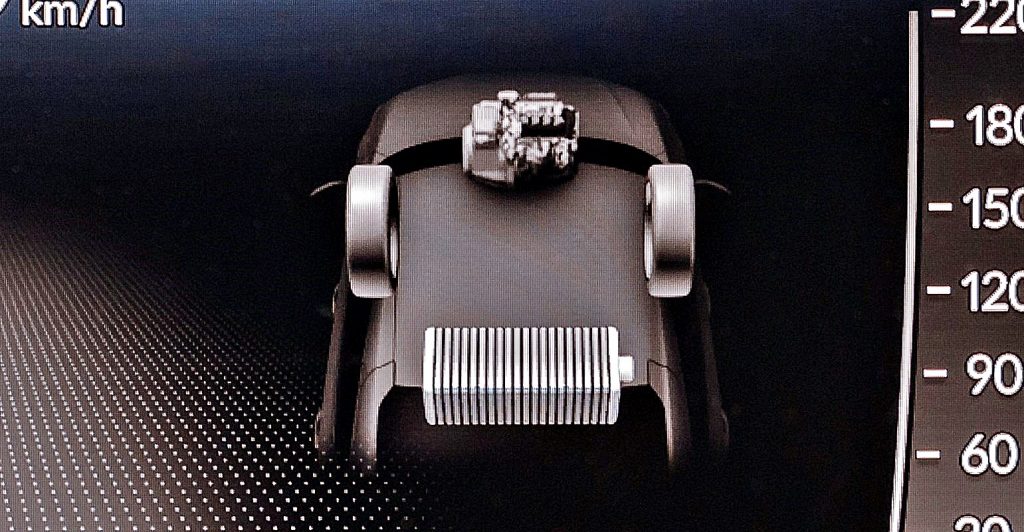
An important advantage of a hybrid drive like the e:HEV system is that no external recharging is necessary. This means no worries about how far you can travel as the battery pack will constantly be recharged as the car moves. In fact, even when braking or decelerating, the energy that is lost through heat is recovered and used for recharging as well. Therefore, the Civic e:HEV’s range is only limited by the petrol in the tank and that fuel is readily available, unlike charging stations.
Over the 20 years of developing and improving its hybrid technology, the Honda engineers have also addressed issues inherent in the earlier systems. One of them is the roughness at lower speeds; with a high rigidity crankshaft and secondary balancer shaft, the engine has lower vibrations over the entire engine speed range.
The battery pack forms part of the latest Intelligent Power Unit (IPU) which has a compact size. The energy density of the IPU allows the electric motors to take more of the load in a greater range of driving scenarios. In turn, this enables the engine to run at a lower operating speed, reducing fuel consumption and allowing greater levels of torque at higher speeds.
The IPU is installed under the rear seat and with its compact dimensions, a thicker seat base can be provided for better comfort. One vent at the side of the seat allows cool air from the cabin to flow around the IPU to keep it cool and another vent allows warm air to escape.
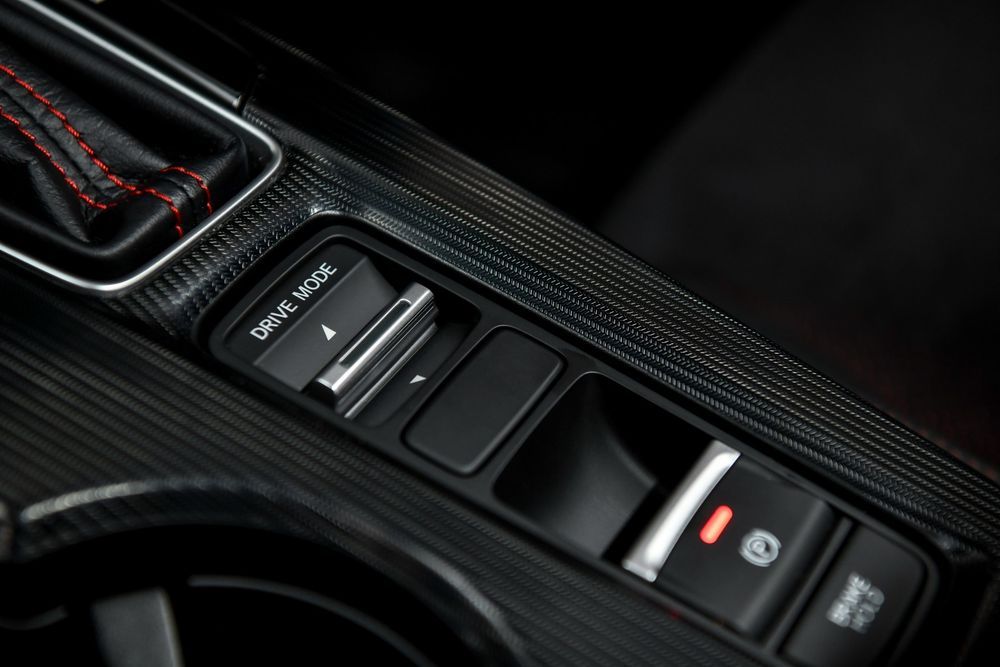
Different drive modes
As in many cars today, there are drive modes that provide performance characteristics to suit personal preference or driving conditions. The Civic e:HEV has four – Normal, Sport, Eco and Individual. Additionally, there is a ‘winding road detection system’ which ensures the system is in the optimum drive mode for responsiveness and less unnecessary and frequent switching of drive modes.
In EV mode, like in fully electric cars, the powertrain noise is very low and for most people, there may be a ‘disconnect’ between what they hear and what they feel. Linear shift control matches engine sound to engine speed for a more familiar feel and in Sport mode, this is enhanced further using Active Sound Control, which generates an enhanced aural sensation from speakers in the door panels.
Structurally, the Civic e:HEV is the same as the non-hybrid versions although there are some differences and also an overall weight difference of 100 kgs (with the IPU adding about a third of that weight). The presence of the IPU lowers the centre of gravity by 10 mm, which is good for stability, while rear torsional rigidity has been increased by3% and unsprung mass ratio decreased by 0.4%. This benefits driving dynamics and ride quality, as we noticed during our drive.
Same exterior form, cosmetic differences
We’ve already mentioned the exterior differences between the Civic RS e:HEV and Civic RS earlier but here’s a quick recap. The overall form is the same with similar dimensions so at glance, you won’t be able to tell the difference. But when you park the cars side by side, then you will see that the surface treatment of the grille is different and the ‘H’ badges (front and rear) are encircled in blue.
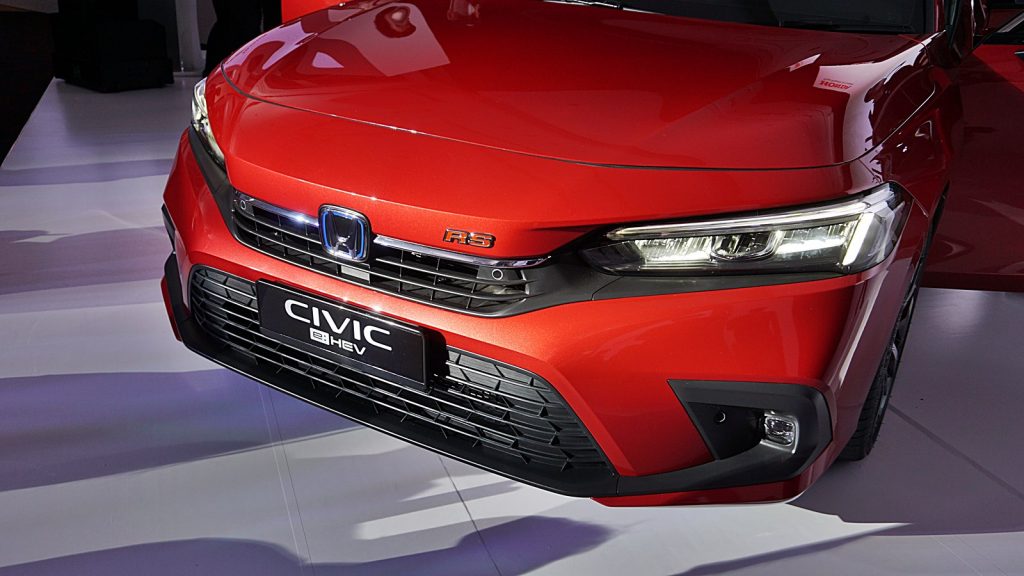
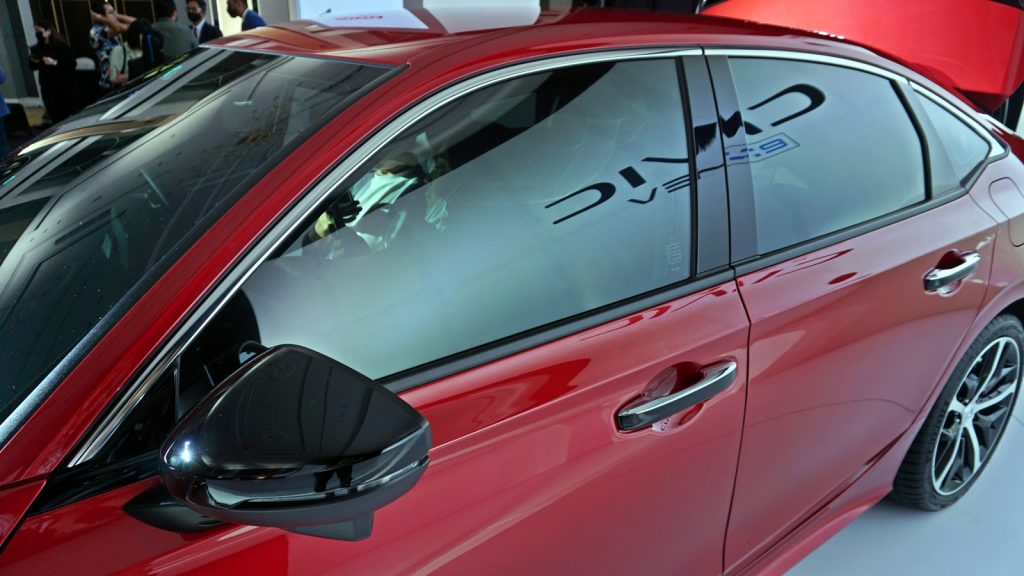
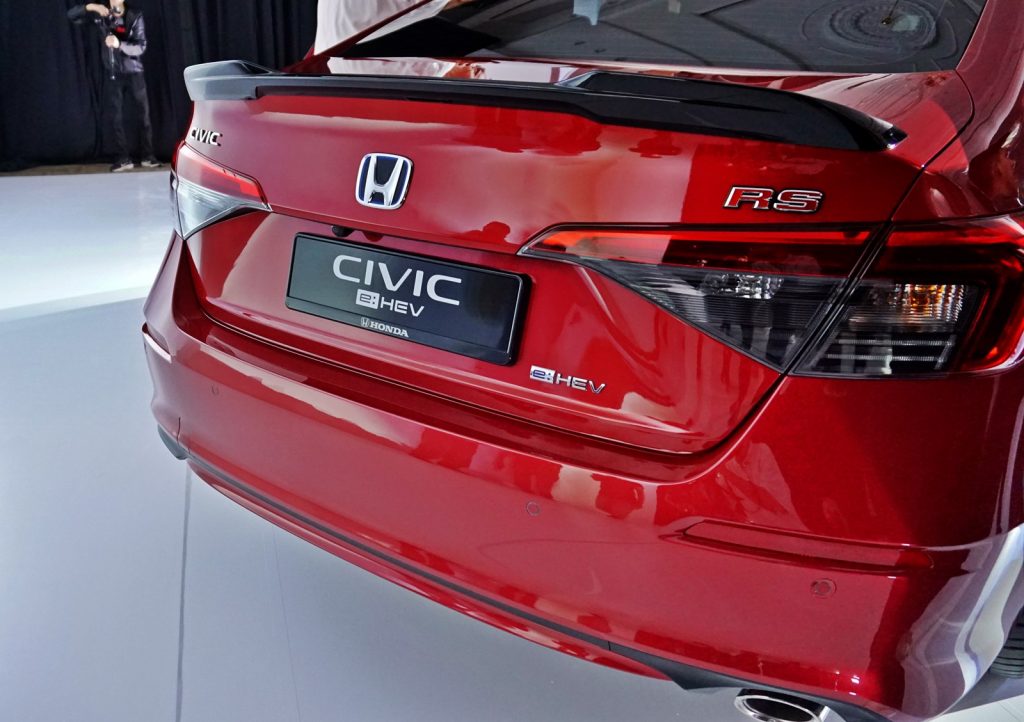
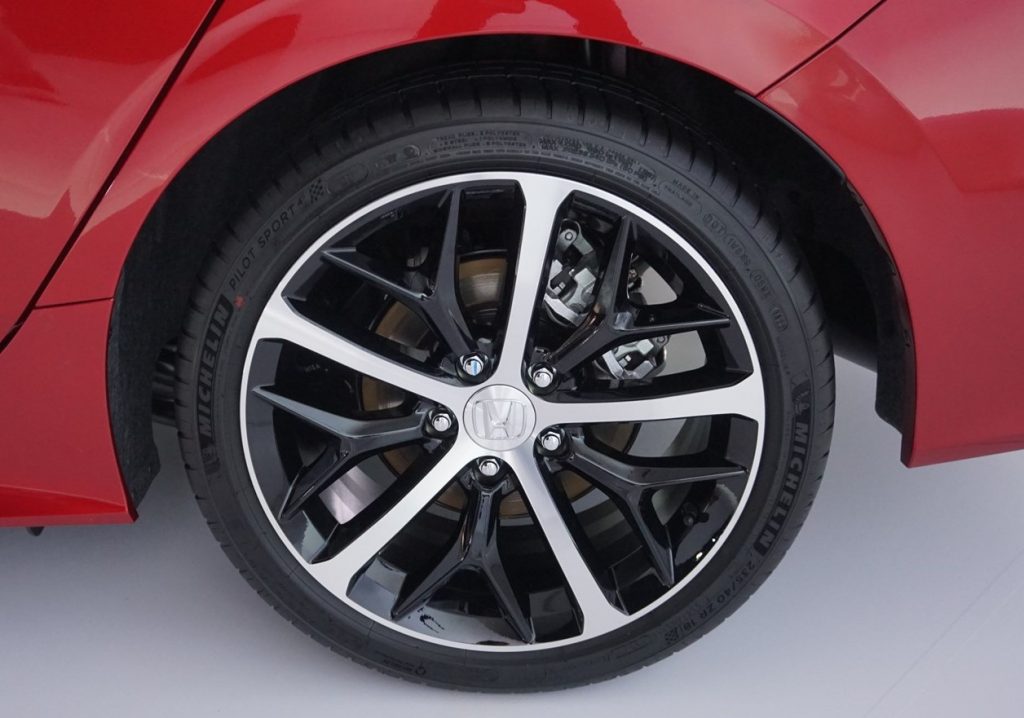
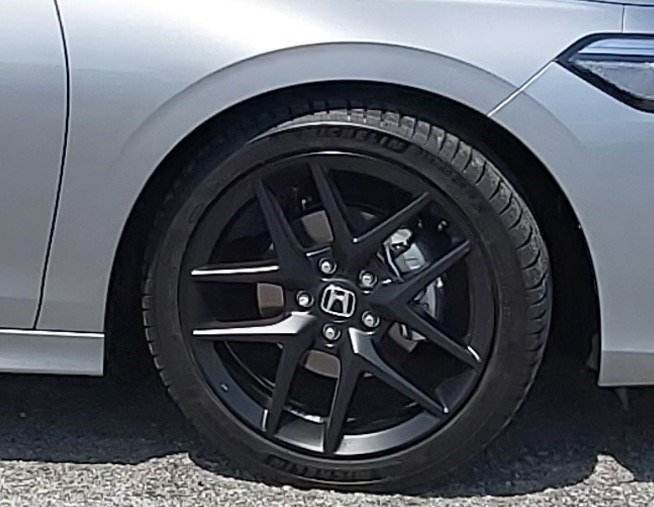
More chrome is used, the most noticeable being around the front and rear windows as well as the door handles. The 18-inch alloy wheels are also differentiated with a dual-tone design instead of being entirely black while at the rear end, there is a single tailpipe finisher.
Inside the Civic e:HEV
We don’t know why Honda Malaysia didn’t want us to show the inside of the car earlier since it is pretty much the same as the non-hybrid models. It has the same modern dashboard with a clean uncluttered design that is reminiscent of the first Civic (for those can remember it). What is striking is the metal honeycomb mesh trim that stretches the full width of the. It not only serves both form and function, creating a dramatic visual dividing line between the audio, information displays and the climate controls, but also hides the air vents that are normally distinct (but not always visually appealing) elements.
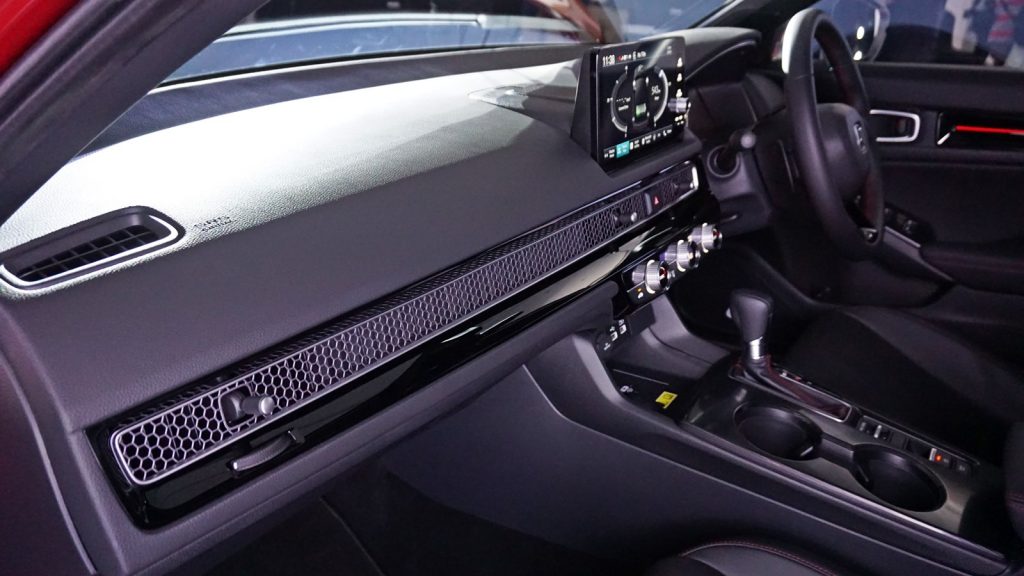
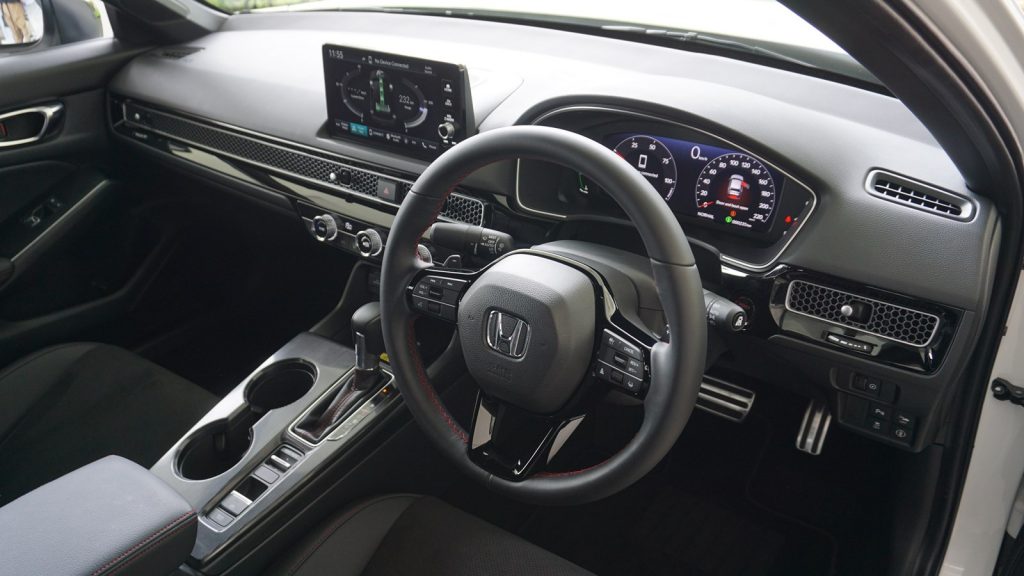
The cabin layout maintains Honda’s ‘Man Maximum/Machine Minimum’ approach that maximizes cabin space, while minimizing space required for mechanical components. The interior designers looked to past generations of the Civic and found ideas that are still valid today to give comfortable accommodation, good ergonomics and a driver-focussed cockpit.
Black is a popular interior colour in Malaysia so the Civic e:HEV has it as well and the standard equipment is essential similar to the Civic RS. While the centre display screen is the same 9-inch panel, the e:HEV version gets a wider 10.25-inch TFT instrument panel which can be customized to present information as a bar or round display. The former provides more detailed information while the latter has a classic 2-meter display with the Adaptive Cruise Control distance indicator between the meters.
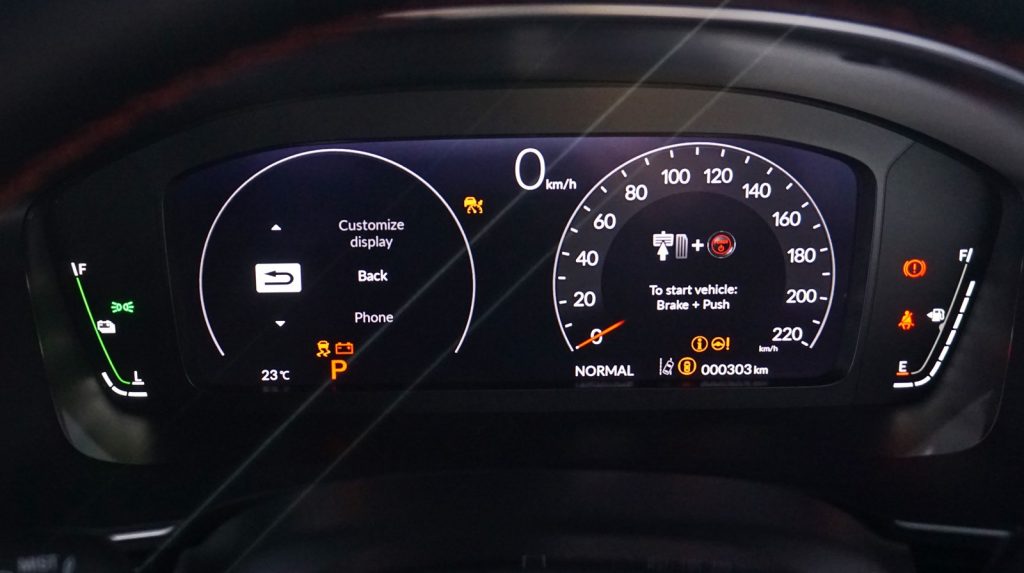
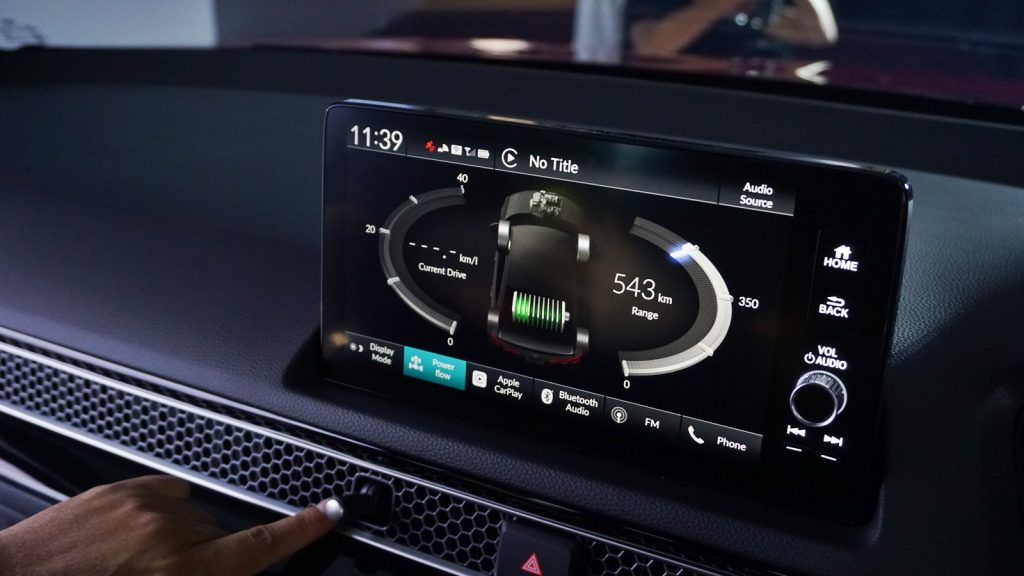
Additional ‘flagship’ features include dual-zone air-conditioning and wireless charging if you have a smartphone that has the capability. The Civic e:HEV also comes with a Key Card that is the thickness of two credit cards. It acts as a validator for locking/unlocking the doors and starting the engine. Not a new idea as Renault introduced it in Malaysia many years back but a nice convenience to have.
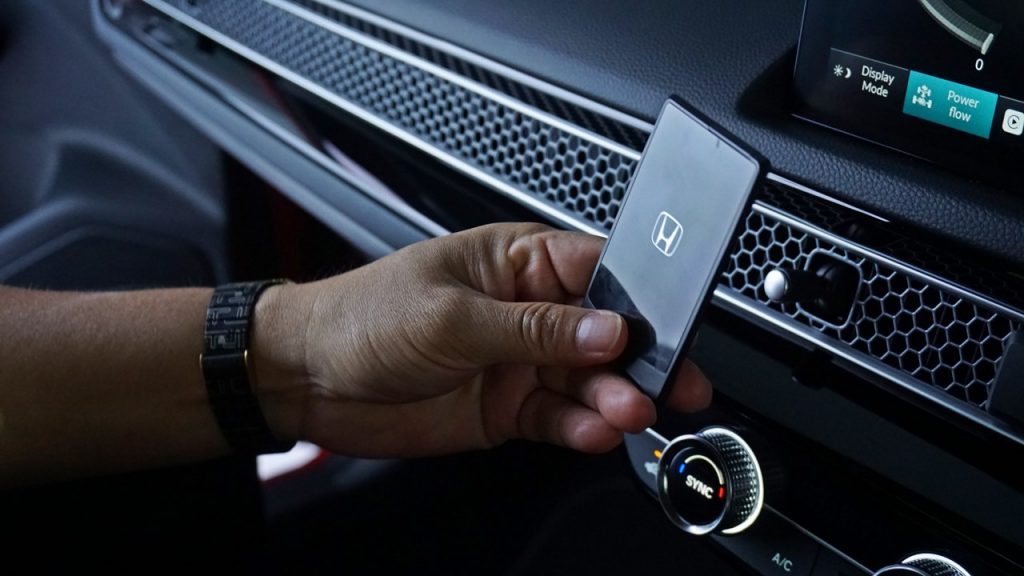
Honda Connect
Incidentally, as with some other Honda models, there is also remote start available which allows starting the engine from far away to run the air-conditioner and cool down the interior. This is one of the features of Honda Connect which provides safety and security. Honda Connect, which uses an app, includes Vehicle Diagnostics, Remote Applications, Security Applications, Vehicle Tracking and Support Services. It even has an Automatic Collision Detection System that will notify Honda’s 24-Hour Roadside Assist Call Centre in case of an accident or airbag deployment in the car. This will enable rescue services to be dispatched faster to the car’s location which will also be known.
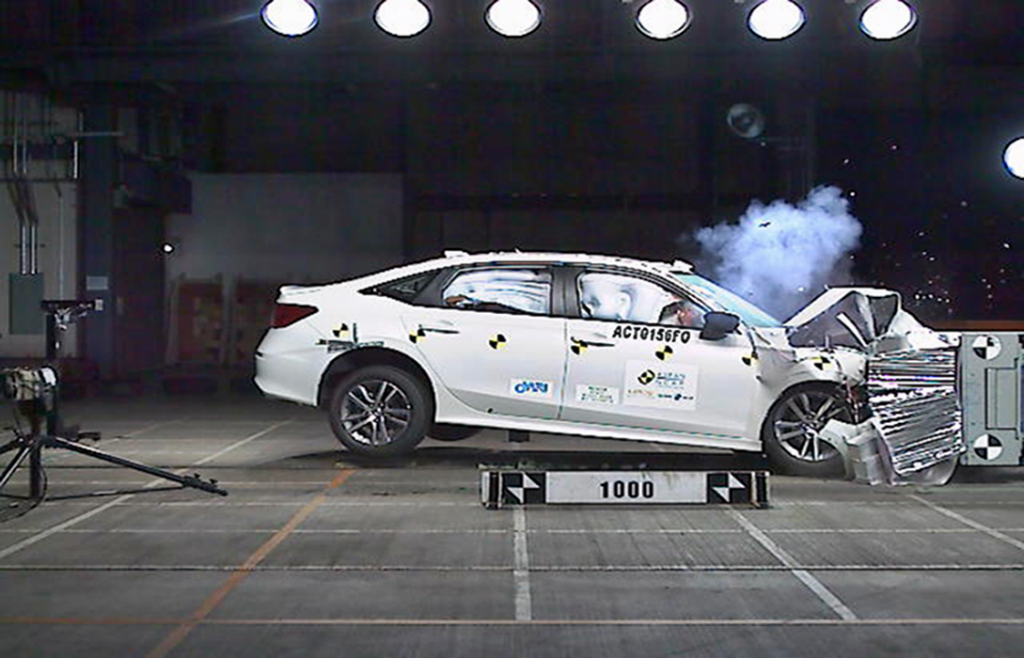
Camera-only Honda SENSING system
Honda Connects advances safety through connectivity but the Civic e:HEV also has active and passive safety systems that make it a very safe car to travel in. It has Honda SENSING for advanced driver assistance to create awareness of dangerous situations as well as help prevent them. In some cases, braking will be automatically activated if the driver does not act in time when there is a collision likely to occur.
The Honda SENSING system no longer has a radar and uses only a camera mounted at the top of the windscreen. This camera is more advanced and has a wider field of view (100 degrees, double the width of the previous camera). Where the radar was used to measure the distance to a vehicle ahead, this function can now be done by the camera.
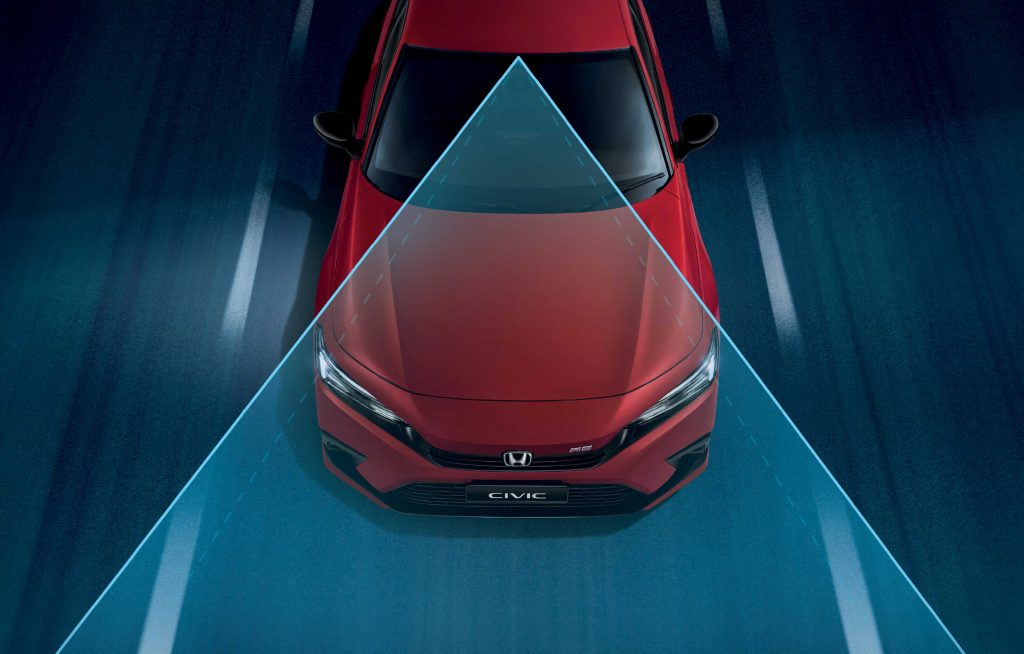
A new feature added to Honda SENSING is Lead Car Departure Notification. It’s not really a safety-related feature but more for convenience and perhaps to minimize upsetting drivers behind. This feature will notify the driver by audio and visual alerts when the car in front moves off, say at a traffic light. This will avoid the driver behind being irritated and pressing the horn when the car does not move, so Honda helps keep the world peaceful too!
Incidentally, the Adaptive Cruise Control has Low Speed Follow as well, which means that its adjustment of speed can be down to zero if the car ahead stops. When it moves again, the Civic will also start moving and maintaining the safe gap. This will be useful going through toll plazas and generally reduce fatigue and stress in congested traffic conditions.
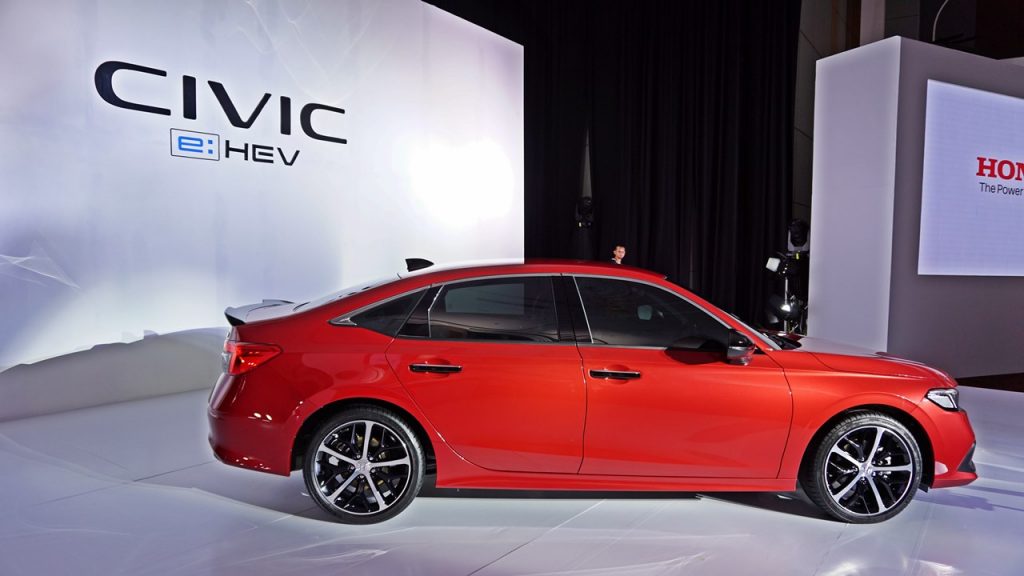
Popularising hybrids
Honda Malaysia was the first company to put an effort into popularizing hybrids. It began selling electrified models with the first Civic Hybrid in 2004 but with no government support (through incentives to lower retail prices), the high price discouraged buyers. It tried again in 2007 and sold more units and in 2012, it began assembling the Jazz Hybrid, the first company to assemble a hybrid locally.
Since then, hybrids have been a part of the Honda range in Malaysia and the company has been trying to bring prices down. Back in 2007, Takeo Fukui, President of Honda Motor at that time, told Malaysian journalists that the company wanted to bring hybrid system costs down so they could be more affordable and more people would be able to buy them. The technology is still expensive (though not as high as battery electric technology) but through various innovations, the cost is slowly coming down.
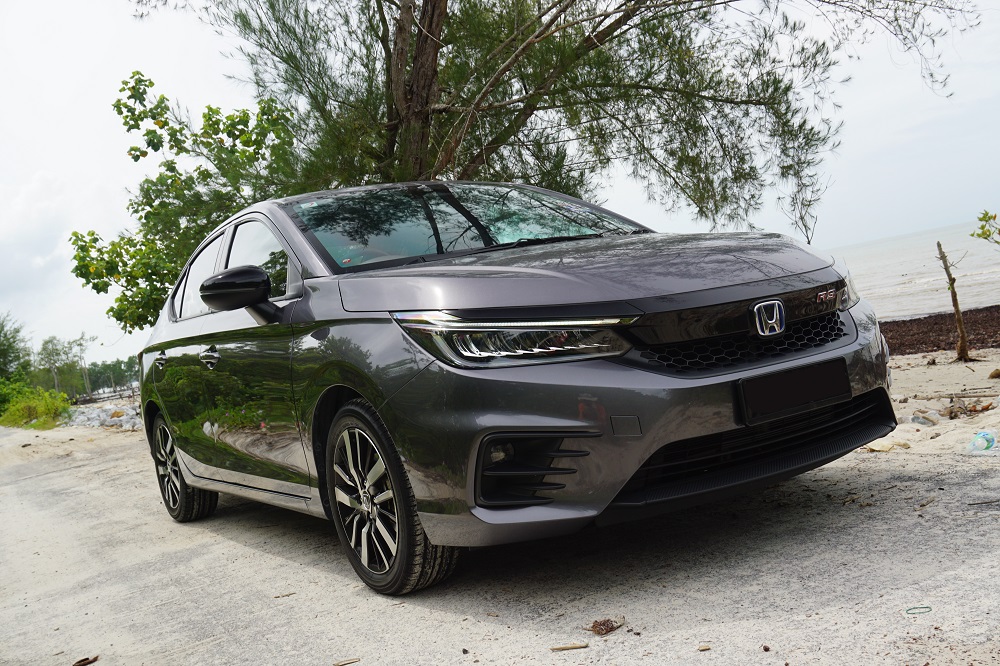
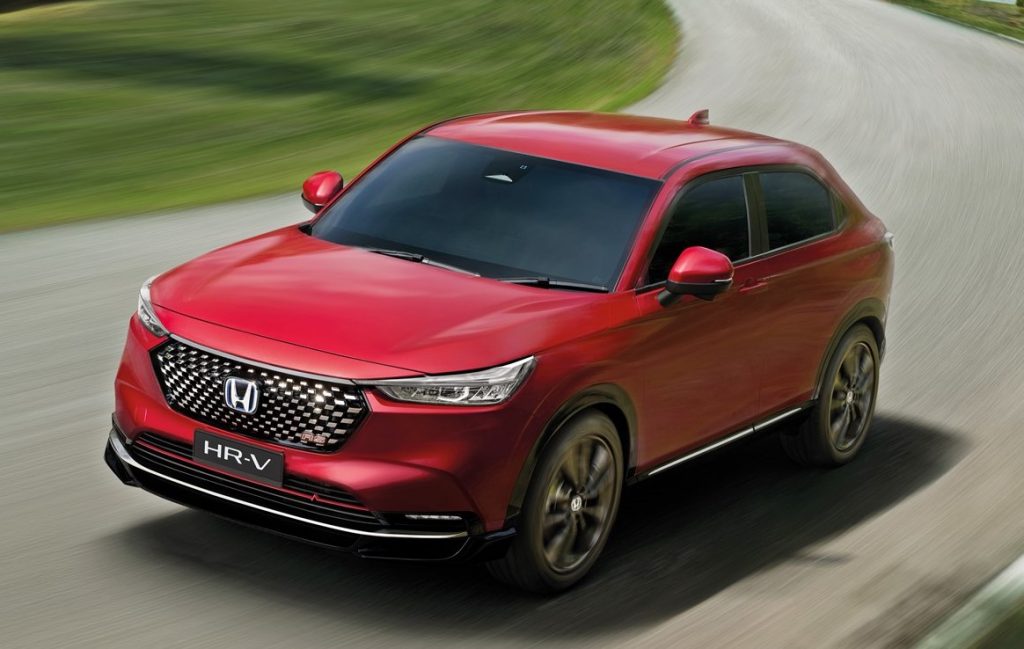
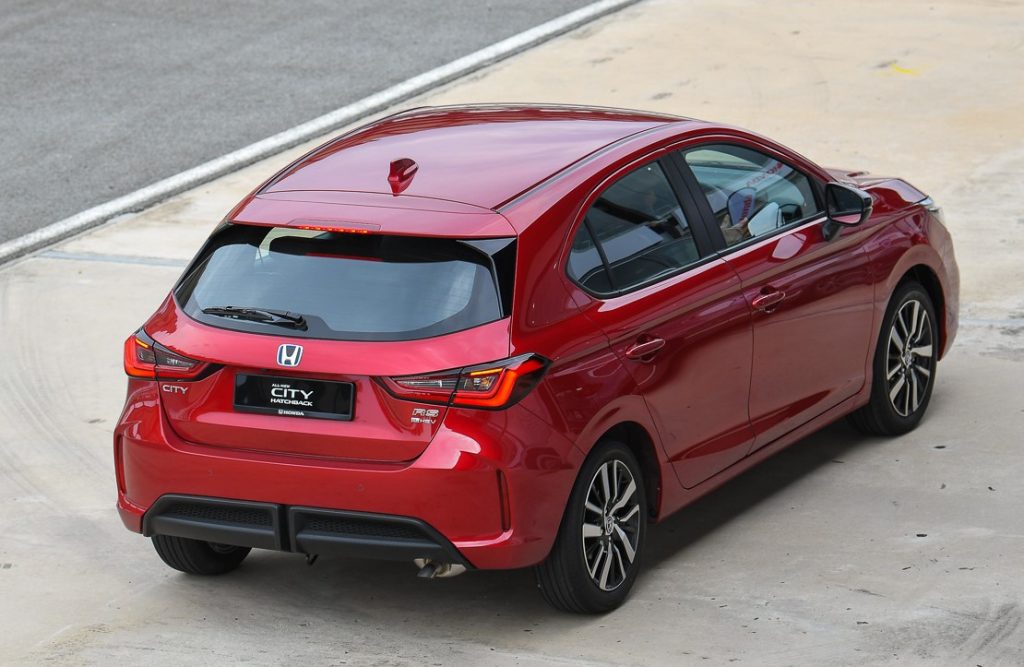
Today, the new Civic e:HEV is joins the local Honda range as the fourth hybrid model. The percentage of sales of hybrid variants remains small – 5% for the City Sedan, 8% for the City Hatchback and 11% for the HR-V. But Honda Malaysia is confident that the numbers will grow in time to come. As electrification of cars picks up, hybrids are the practical choice, especially for Malaysia, and Honda offers a selection for you to choose from.
To know more about the new Civic e:HEV RS Sedan or to locate a showroom for a test-drive, visit www.honda.com.my. For your own copy of a Civic RS brochure, click here.


